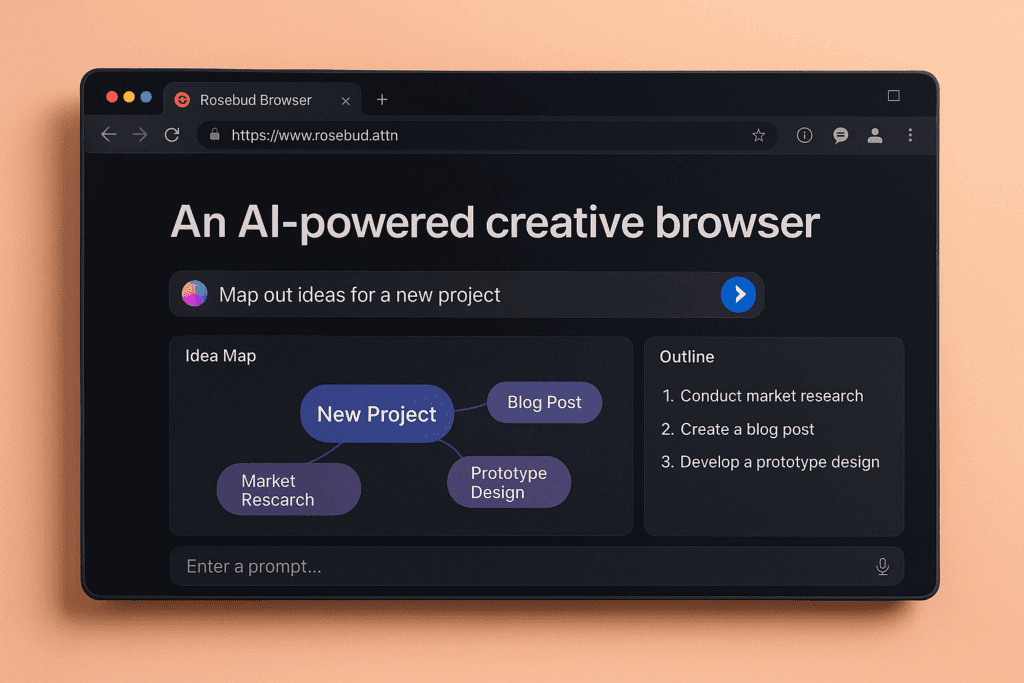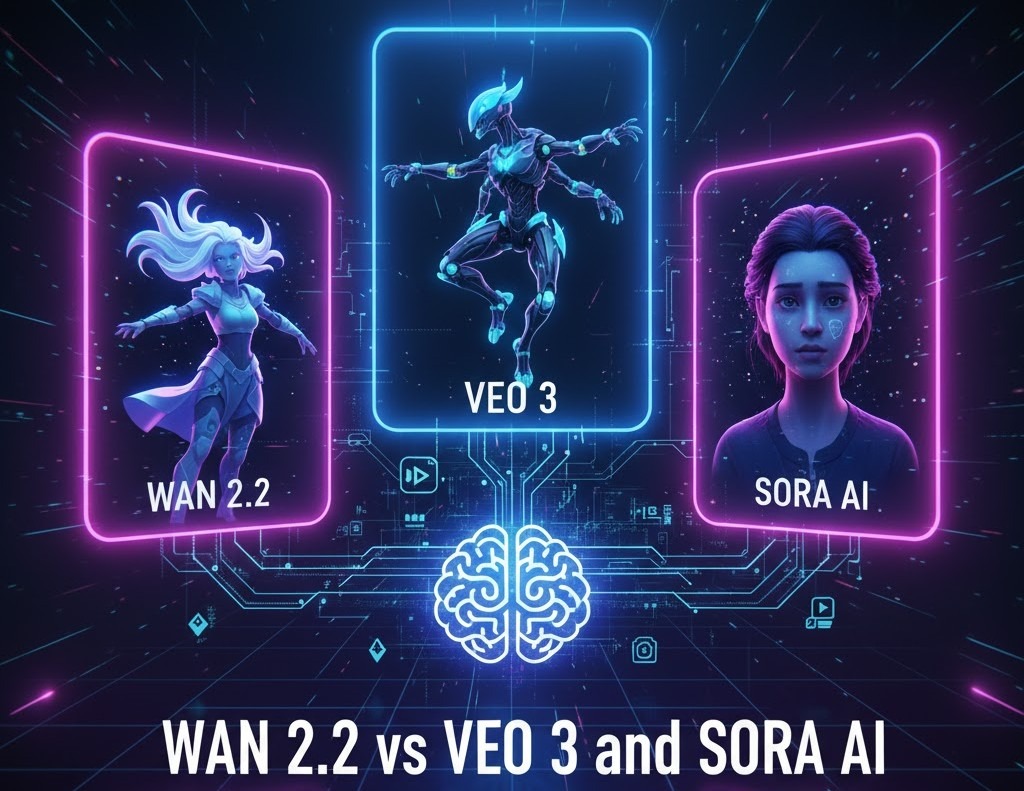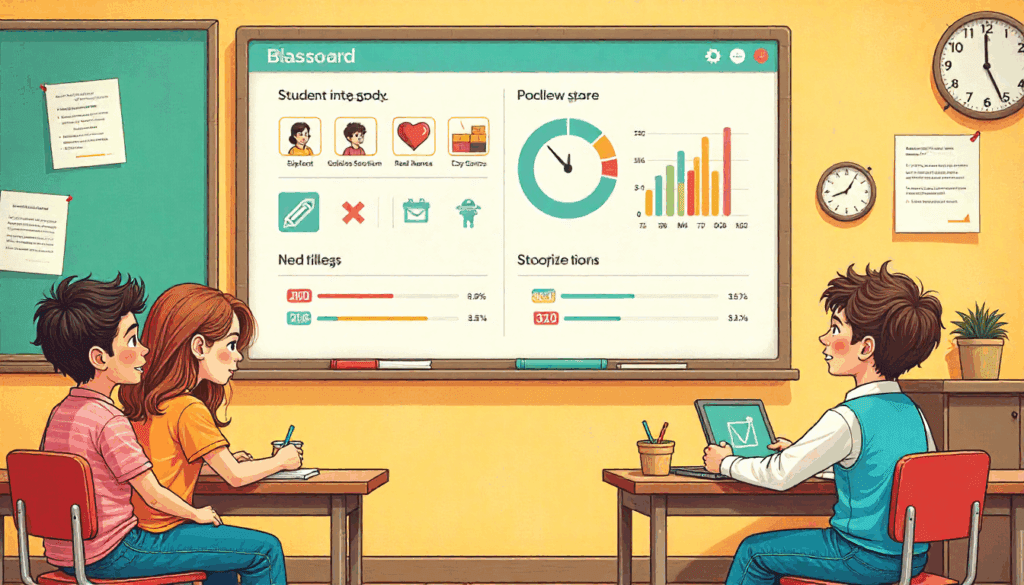Figma AI: Everything about Figma Weave, Figma Schema, and Figma Make
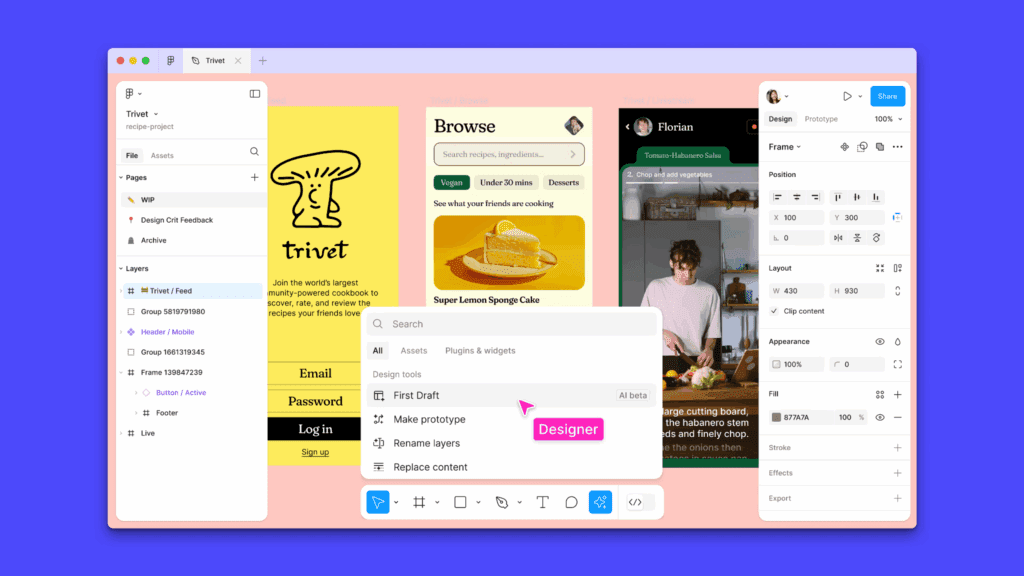
If you’ve heard people throwing around “Figma AI” and aren’t sure what it actually *does* for your workflow, you’re in the right place. Today it’s really an AI toolkit: Figma Weave for node-based AI media pipelines, Figma Make for turning prompts and designs into working apps, and Figma Schema as the place Figma shares how design systems and AI should work together. This guide breaks down what each piece does, how Weave grew out of Weavy, when to pick Make over something like Google Stitch, and how to plug all of it into your everyday design and dev flow.
What Is “Figma AI” Right Now?
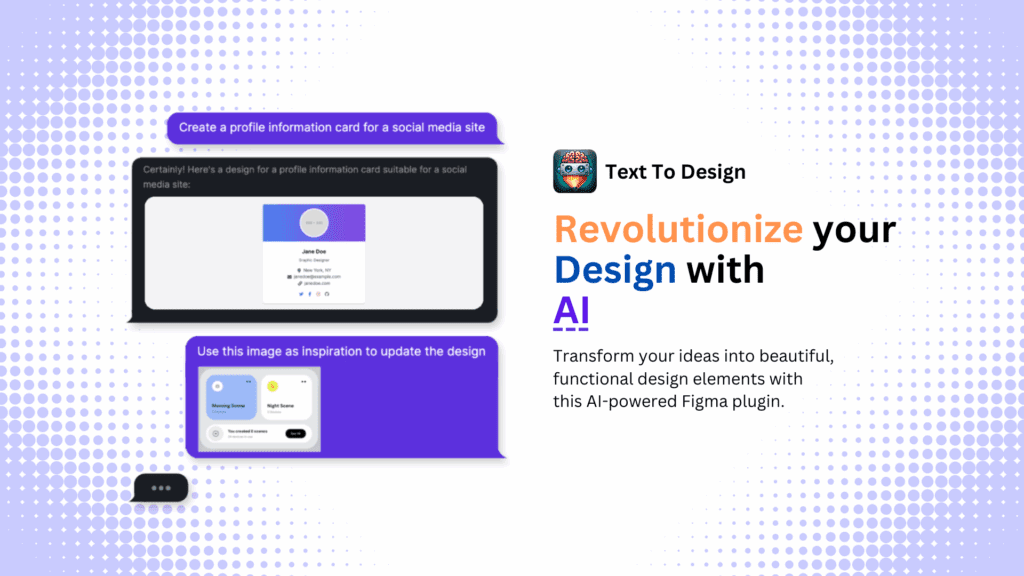
Figma AI is a stack of features and apps that speed up design and shipping. It includes generative tools inside Figma, a prompt-to-app builder called Figma Make, and a new node-based AI creation app called Figma Weave. Core AI features handle text generation, image edits like background removal, and quick content translation inside design files.
How Does Figma Weave Work And Why Does It Matter?
Figma Weave is a node-based canvas for AI media generation and editing. You chain nodes for models, prompts, masks, relighting, and compositing, then tweak outputs with pro editing tools. This approach keeps every step editable, so teams repeat successful flows and standardize content at scale. Figma created Weave by acquiring Weavy, then folding the product into its lineup under the Weave name.
What You Get In Practice:
- A visual pipeline that blends multiple AI models in one graph
- Fine controls for matte, color, lighting, and layering
- Reusable workflows that turn into shareable “apps” for non-experts
- Real-time collaboration on the same canvas
Independent coverage and the Figma blog describe Weave as a creator-grade system for combining models with traditional editing on a single canvas.
What Is Weavy And How Does It Relate To Weave?
Weavy started as a creative platform for AI media creation. Figma acquired Weavy in October 2025 and reintroduced it as Figma Weave. If you see “Weavy” in older posts or docs, read it as the technology that now ships inside Weave.
What Is Figma Make And Who Is It For?
Figma Make turns natural-language prompts and reference designs into working apps and prototypes. It outputs a live app surface and code that teams refine through prompts or direct edits. Recent updates opened access to more users and gave AI agents deeper code-level context through Figma’s Model Context Protocol, which improves agent-driven edits and inspection.
Key Strengths:
- Prompt to app with design references for visual control
- Direct editing of generated UI and copy inside the canvas
- App code exposed through MCP for agents and IDEs like VS Code
- Connectors like Supabase to ship simple auth and data storage without wiring everything by hand.
Figma’s product page and third-party guides outline these flows and the Supabase path for “from idea to app.”
What Is Figma Schema And Why Does It Matter?
Schema is Figma’s design-systems conference and content hub. The 2025 focus ties design systems to AI. Talks and posts cover adaptive tokens, system governance, cross-tool automation, and new Figma updates that make systems work across design and development with AI assistance. Schema signals where Figma aims its platform next and helps teams align their systems with AI workflows.
Use Schema Takeaways To:
- Treat tokens, components, and patterns as “AI-addressable parts”
- Document prompts alongside components to encode intent
- Add usage rules that guide assistants and agents
- Measure system health with AI generated audits and diffs
How Does Figma AI Compare To Google Stitch?
Google Stitch generates UI screens for web and mobile from prompts and references. It targets fast ideation for product teams and developers, with direct Gemini integration and a web workflow.
Comparison
| Category | Tool / Platform | Summary |
| Purpose | Figma Make | From prompt to working app with editable UI and code that links back to Figma’s design surface and agent integrations. |
| Google Stitch | From prompt to UI layouts for fast ideation on web & mobile, aligned with Google’s developer stack. | |
| Workflow depth | Figma Make | Design surface, component libraries, dev handoff, MCP for agents, Supabase connector; strong loop to shipped prototypes. |
| Google Stitch | Rapid screen generation and variants; best for early exploration and code handoff within Google’s ecosystem. | |
| Media creation | Figma Weave | Node-based media generation/editing with multiple models and pro controls. |
| Stitch | Not aimed at media creation. | |
| Ecosystem | Figma | Design systems, Schema community, plugins, and team collaboration in one place. |
| Tight linkage with Gemini, Google Labs projects, and developer tooling. |
Bottom line: choose Stitch for rapid, prompt-driven UI drafts tied to Google’s stack. Choose Figma Make for a full design-to-app loop inside Figma, and Figma Weave when you need AI media pipelines and creative control.
When Should You Use Weave Vs Make Vs Stitch?
Pick based on the job, team, and handoff needs.
Use Figma Weave when:
- You build image or video content at volume
- there is a need for repeatable pipelines with editability
- You want multiple AI models in one graph with pro-grade controls
- Your brand team requires consistent lighting, color, and compositing rules
Use Figma Make when
- You want a prompt-to-app baseline that design and dev iterate together
- there is need agent-driven edits in IDEs through MCP
- You plan to ship quick internal tools or prototypes with Supabase auth and data
Use Google Stitch when:
- You want fast UI generation inside Google’s ecosystem
- You prototype flows for Android, web, or PWAs and prefer Gemini as your model backend
How Do Figma Weave And Weavy Strengthen Content Pipelines?
Weave turns creative production into a graph you control, so brand and content teams avoid one-off prompts that drift from guidelines. You enforce masks, layers, relighting, and composition rules inside the graph, then convert complex graphs into lighter “apps” for non-design partners. That structure keeps outputs on brand while staying flexible. Coverage confirms these “app mode” flows and multi-model pipelines.
Practical Playbook:
- Start with a reference board of brand examples
- Build a base graph with nodes for prompt, model, style, mask, relight, and grade
- Expose limited sliders and fields for marketing partners
- Save versions that match campaign variants and reuse them next cycle
How Do Schema Practices Level Up Your AI Design System?
Use Schema guidance to make your system AI-ready:
- Expand tokens to cover content tone, motion rhythms, and spacing ranges
- Document prompts that map to each component and variant
- Add guardrails for accessibility and performance that agents respect
- Track diffs where AI proposed edits drift from the system baseline
What Are The Trade-Offs To Watch?
No tool fits every stage. Keep these in view.
- Figma Weave
- Strength: multi-model, pro-grade editing in one graph
- Watch: learning curve for node graphs and governance across teams
- Fit: brand content, campaign pipelines, creative ops at scale
- Figma Make
- Strength: prompt-to-app with editable UI and code context for agents
- Watch: prompt quality and system constraints matter for maintainability
- Fit: rapid internal tools, MVPs, UX experiments tied to a design surface
- Google Stitch
- Strength: fast screen generation, strong Gemini tie-in
- Watch: early ideation focus, different depth than Make’s design+code loop
- Fit: quick UI drafts, Google-centric developer workflows
How Do You Evaluate Figma AI Vs Google Stitch For Your Team?
Run a short bake-off with clear acceptance criteria.
Score on:
- Fidelity: does the output match your design system on spacing, type, and tokens
- Edit path: how fast designers fix rough spots without re-prompting
- Code reality: does the generated app or code support your stack
- Governance: does the tool respect roles, review steps, and source of truth
- Scale: do workflows repeat cleanly across many pages or assets
Pair this with the Figma Gallery to see public Make projects and patterns before you commit.
Conclusion
Figma AI spans in-product assistants, Figma Make for prompt-to-app, and Figma Weave for node-based AI media pipelines. Schema gives the playbook for aligning these tools with robust design systems. Google Stitch competes on rapid UI generation tied to Gemini. Use Weave for content pipelines, Make for design-to-app loops, and Stitch for quick screen ideation.
Frequently Asked Questions
1. Does Figma AI replace traditional design work?
No. It accelerates tedious steps, proposes drafts, and keeps context in your system. Teams still decide layout, hierarchy, and quality bars. Figma’s own AI page frames these features as accelerators inside design workflows.
2. How do developers engage with Figma Make output?
Through the app surface and through MCP. Agents and IDEs inspect and modify code with full context, which tightens the loop between design and development.
3. Where does Weavy fit now?
Weavy is the foundation of Figma Weave after the acquisition. Assume feature updates land under the Weave name going forward.
4. Do Schema resources help smaller teams?
Yes. Schema content covers practical patterns for tokens, component strategy, and AI-assisted workflows that suit any team size.
5. What is Figma AI right now?
A toolkit: Weave for AI media pipelines, Make for prompt-to-app, plus in-file generative features and Schema guidance.
6. How does Figma Weave work?
A node-based canvas where you chain models, prompts, masks, relighting, and comps—with pro controls and full editability.
7. Why does Figma Weave matter for teams?
It turns repeatable creative steps into reusable, shareable workflows (“apps”) that keep brand outputs consistent at scale.
8. What’s the difference between Weave and Weavy?
Weavy was the original product; Figma acquired it and reintroduced it as Figma Weave.
9. What is Figma Make used for?
Turning natural-language prompts and design refs into working apps/prototypes with editable UI and code.
10. How do developers work with Figma Make output?
Through the generated app surface and via MCP (Model Context Protocol) for agent/IDE edits with full context.


